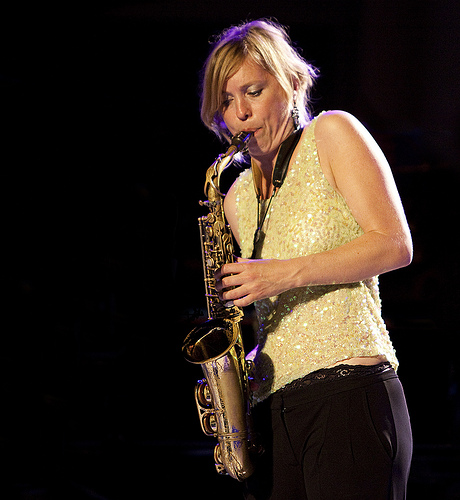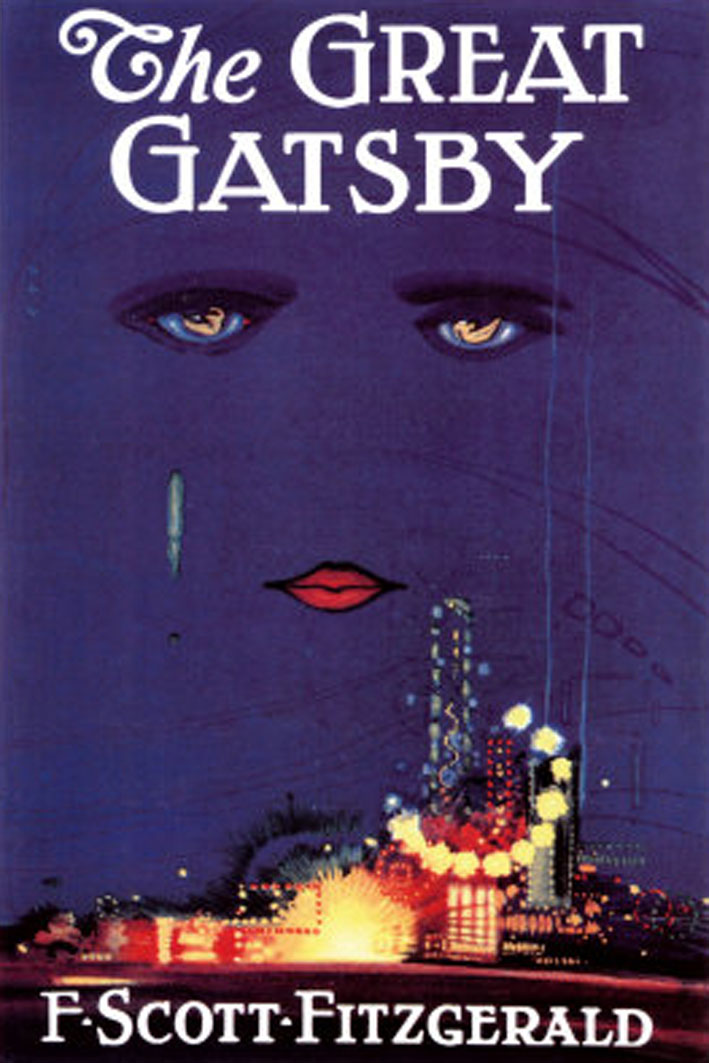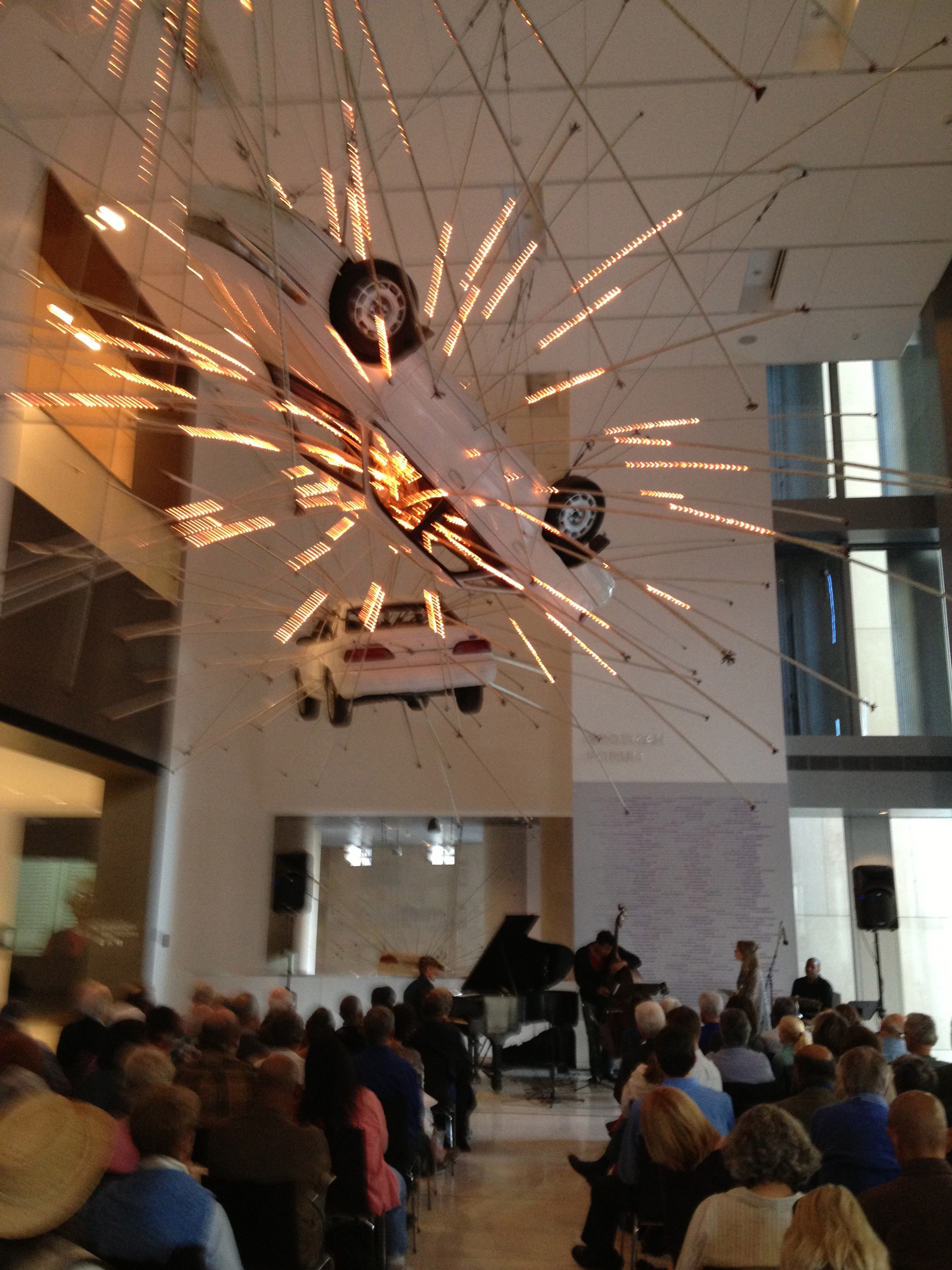 When I started to blog about it I figured that living in Seattle required a survival mentality. I grew up here and was carrying a lot of baggage left over from when the town was in the clutches of a handful of families who fancied themselves as aristocrats and acted as if the town was their personal fiefdom. I was wrong. Things are different now. Microsoft, Amazon, Starbucks, and dozens of biotech firms have changed the demographic and sucked some of the swell out of those heads. In the 1950’s Sir Thomas Beecham called Seattle the “cultural dustbin of the world.” In February 2013 Seattle was named the 2nd most literate city in America (close behind Washington, DC). Nice change.
When I started to blog about it I figured that living in Seattle required a survival mentality. I grew up here and was carrying a lot of baggage left over from when the town was in the clutches of a handful of families who fancied themselves as aristocrats and acted as if the town was their personal fiefdom. I was wrong. Things are different now. Microsoft, Amazon, Starbucks, and dozens of biotech firms have changed the demographic and sucked some of the swell out of those heads. In the 1950’s Sir Thomas Beecham called Seattle the “cultural dustbin of the world.” In February 2013 Seattle was named the 2nd most literate city in America (close behind Washington, DC). Nice change.
My mental shift notwithstanding, the weather is a challenge and a good reason to maintain the survival mentality. When the weather drives me indoors survival depends on finding ways to fight the dragon. It means checking out the art, theater, music, and bookstore scene, and those elements have been particularly rich this past two weeks – the Metropolitan Opera’s live HD performance of Giulio Caesare, Seattle Rep’s 1970’s French farce Boeing, Boeing, an Art of Jazz event at SAM and last weekend’s release of Baz Luhrman’s film The Great Gatsby. I’ve seen them all but was particularly struck by the contrast between the jazz concert at SAM and the Jazz Age laid out in the Gatsby film.
 Luhrmann’s Great Gatsby is tumultuous, raucous, glitzy, stylized, and over the top. It’s a frontal assault on the senses visually, aurally, and musically – and I didn’t even get to see the 3D version. With music as crazily different as Gershwin’s Rhapsody in Blue and Jay Z’s $100 Bill the soundtrack helps propel the action forward. Gatsby is all about the excesses of the Jazz Age and anomalous as it seems Jay Z’s thumping hip-hop beat fits the manic action at Gatsby’s extravagant parties very well. I reread the novel just before I saw the film and was surprised at the fidelity of Luhrmann’s adaptation. Much of the dialogue is lifted directly from the novel and the use of Nick Carraway’s voiceover makes it easier to remain faithful to the text. Lately the novel has been getting hyped as the Great American Novel. I disagree, but it has endured. This is the fifth film adaptation and two years ago I saw a stage adaptation. It is right up there with To Kill a Mockingbird, The Old Man and the Sea, The Scarlet Letter, and A River Runs Through It as one of the great short novels in American fiction. I think its real strength is the way it captures the senseless hedonism of the Jazz Age and the seeds of it’s own destruction. The greed, duplicity, racism, pretense, anti-Semitism, disparities in wealth, and pursuit of pleasure are all there. The book was published in 1925 within four years the party was over, the stock market had crashed and breadlines were forming. The picture was beautifully painted but Dorian Gray’s portrait was hanging in the closet the whole time.
Luhrmann’s Great Gatsby is tumultuous, raucous, glitzy, stylized, and over the top. It’s a frontal assault on the senses visually, aurally, and musically – and I didn’t even get to see the 3D version. With music as crazily different as Gershwin’s Rhapsody in Blue and Jay Z’s $100 Bill the soundtrack helps propel the action forward. Gatsby is all about the excesses of the Jazz Age and anomalous as it seems Jay Z’s thumping hip-hop beat fits the manic action at Gatsby’s extravagant parties very well. I reread the novel just before I saw the film and was surprised at the fidelity of Luhrmann’s adaptation. Much of the dialogue is lifted directly from the novel and the use of Nick Carraway’s voiceover makes it easier to remain faithful to the text. Lately the novel has been getting hyped as the Great American Novel. I disagree, but it has endured. This is the fifth film adaptation and two years ago I saw a stage adaptation. It is right up there with To Kill a Mockingbird, The Old Man and the Sea, The Scarlet Letter, and A River Runs Through It as one of the great short novels in American fiction. I think its real strength is the way it captures the senseless hedonism of the Jazz Age and the seeds of it’s own destruction. The greed, duplicity, racism, pretense, anti-Semitism, disparities in wealth, and pursuit of pleasure are all there. The book was published in 1925 within four years the party was over, the stock market had crashed and breadlines were forming. The picture was beautifully painted but Dorian Gray’s portrait was hanging in the closet the whole time.
I’m in the camp that believes a novel has more power when left to the reader’s imagination. I think that’s especially true of The Great Gatsby. I like my own rendering of the characters but this film is well worth seeing. – much better in my estimation than the airbrushed, romanticized 1974 Robert Redford, Mia Farrow version or any of the earlier adaptations. It’s obviously the same story but DiCaprio is a more complicated Gatsby as he obsessively devotes his attention and wealth on Daisy’s capture.
 In contrast to the glitz and glamor of the Gatsby film, the Dutch saxophonist, Tineke Postma, who performed at the Seattle Art Museum’s Art of Jazz concert last week was supremely understated. Her appearance, as part of the month long Earshot Jazz Festival was the essence of cool. The Seattle Art Museum is not an intimate club, and I would like to have seen her in that setting but the museum’s ground floor with its surreal installation of hanging automobiles and flashing lights played more like a sacred space than a museum foyer.
In contrast to the glitz and glamor of the Gatsby film, the Dutch saxophonist, Tineke Postma, who performed at the Seattle Art Museum’s Art of Jazz concert last week was supremely understated. Her appearance, as part of the month long Earshot Jazz Festival was the essence of cool. The Seattle Art Museum is not an intimate club, and I would like to have seen her in that setting but the museum’s ground floor with its surreal installation of hanging automobiles and flashing lights played more like a sacred space than a museum foyer.
Ms Postma, backed by three local journeymen musicians, played two sets of her own compositions about evenly divided between soulful and raucous. She is a unique talent whose work shows the influence of Wayne Shorter and others. When I closed my eyes I could hear echoes of Miles and when she played the soprano sax Ornette Coleman was right there at times. Jazz, like everything else (except politics), is global and eclectic these days. Nothing Ms Postma played was hummable, but it was rhythmic and oddly beautiful. Some of it could have been right out of the Eric Satie catalog.
The Art of Jazz is a regular feature on the second Thursday of every month, but not every performance includes an artist of Ms Postma’s international stature. As a museum member the Art of Jazz serves up a little something extra and if you choose to walk the galleries on the second floor the music provides a compliment to the museum’s modern collection. Frankenthaler and Postma went very nicely together last Thursday.































